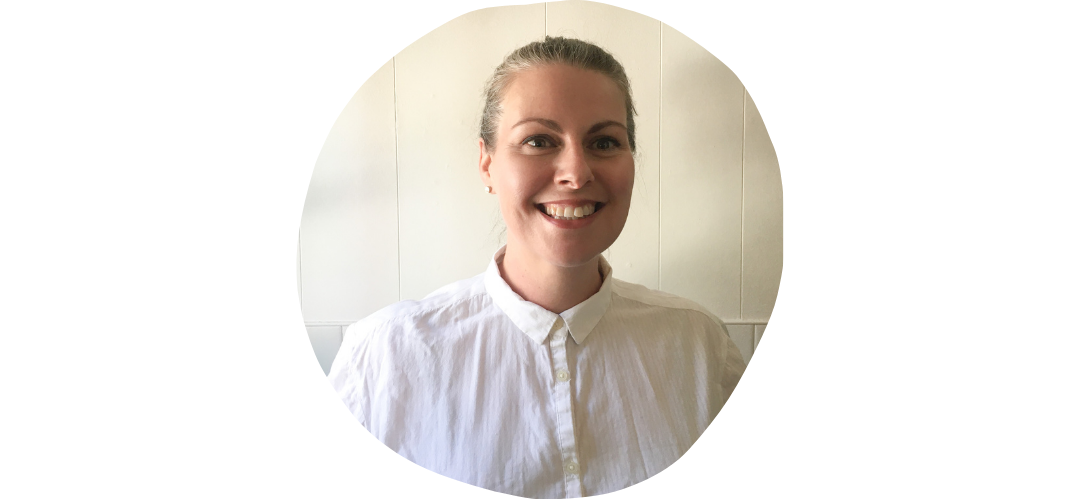We had the pleasure of connecting with Art History & Museum Studies professor Dr. Devon Smither at the University of Lethbridge for this weeks Faculty Friday. She took us through how her research weaves together Canadian art, the nude, gender, and how these things shape cultural and social norms in Canada.

Hi Devon, thank you for letting us pick your brain today. You are eye-ball deep in the world of Canadian Art history. What are you working on right now?
I am currently writing a book based on my PhD dissertation entitled "Naked Ladies: The Nude in Modern Canadian Photography and Painting, 1913-1965," which examines a series of controversial case studies in Canadian art history to ask why the nude became a focal point for discussions about art, culture, Canadian society, race, gender, and sexuality in the early twentieth century.
Interesting – the nude has influenced a huge range of topics. What excites you the most about doing this work?
Studying the history of the nude genre in Canada - a genre that has been central to the history of Western art - can tell us a great deal about the development of art, culture, and social norms in this country's history.
Many women artists in early twentieth century Canada were interested in portraiture and the nude, rather than landscape painting. Artists such as Lilias Torrance Newton, Prudence Heward, Pegi Nicol MacLeod, Mabel Lockerby, Anne Savage, and Sarah Robertson are known for their portraits, nudes, and scenes of urban life. This project examines the relationship of gender to the visual arts and its connection to the construction of modernity in Canada. I ask how did (and does) the nude genre participate in the gendering of artistic practice in Canada and what, if anything, does it have to say about the writing of Canadian art history? I get excited about unearthing subjugated histories about marginalized figures and this project certainly does that!
Is there an artist or researcher that has been particularly influential for you?
That is such a tough question! The work of Jack Halberstam’s (Professor of Gender Studies and English at Columbia University) ideas around failure—queerness as a kind of failure of heteronormativity, capitalist productivity—has been hugely influential to my work. In Halberstam’s book The Queer Art of Failure (Duke University Press, 2011) they argue that failure is productive (not negative) and that failing can reveal counterhegemonic discourses. I argue that the failure of the nude in Canada is an example of this kind of productive failure: it reveals other ways of thinking about the visual arts in Canada and is a means of unearthing attendant subjugated histories of artists, artworks and art movements. I’m super excited to read their new book this summer, Wild Things: The Disorder of Desire (Duke 2021) which is all about wildness and queerness...maybe on a beach?
We hear you are working on a new project on women artists in New York. Can you share anything about that?
As my current book project suggest, unearthing the marginal histories of women artists is foundational to much of my research and I am now embarking on a new SSHRC Insight Development Grant funded project entitled, "'All Who Care Enough to Want to See and Understand': The Whitney Women and American Modern Art, 1905-1930," which is a study that looks at the marginalization of women artists and artistic realism in New York. The project focuses on Gertrude Vanderbilt Whitney and the women artists she collected and supported from 1905 to 1930. The artworks Vanderbilt collected formed part of the founding collection of the Whitney Museum of American Art in New York, which opened in 1931.
What attracted you to do research at uLethbridge?
I was incredibly fortunate to land a tenure-track position at the University of Lethbridge before I had completed my PhD. In a whirlwind, I started teaching, flew back to Toronto, wrapped up my thesis project and moved my whole life to Lethbridge. I have lived and worked in cities of various sizes and have loved getting to know the strong arts community here. The strong focus on undergraduate education at uLethbridge, with a fantastic student-to-faculty ratio has been phenomenal. I have had the opportunity to get to know my students and to mentor them in ways that can be much more difficult at bigger institutions like the University of Toronto. I have kept in touch with many of my students who have gone on to work in art galleries and museums or off to graduate school in art history.
Last one – tell us a fun fact about you!
I am an avid "foodie" who misses travel a great deal. New Zealand is next on my travel list!
Interested in connecting with Devon? You can see more of her work and reach out on academia.edu!